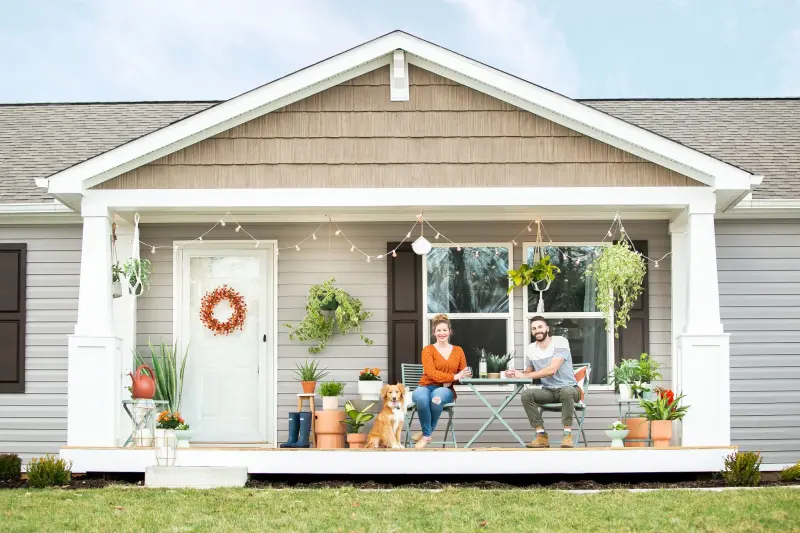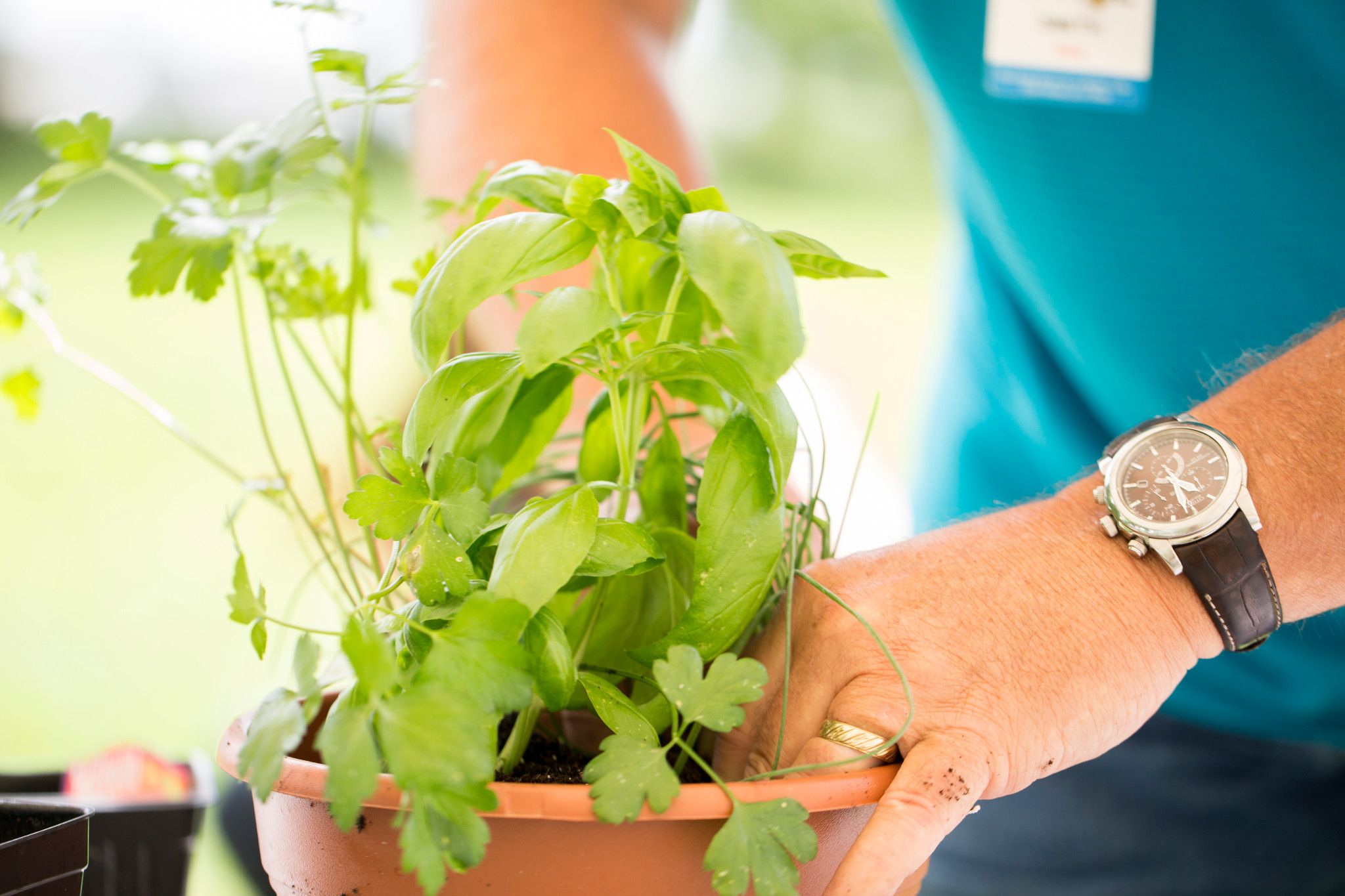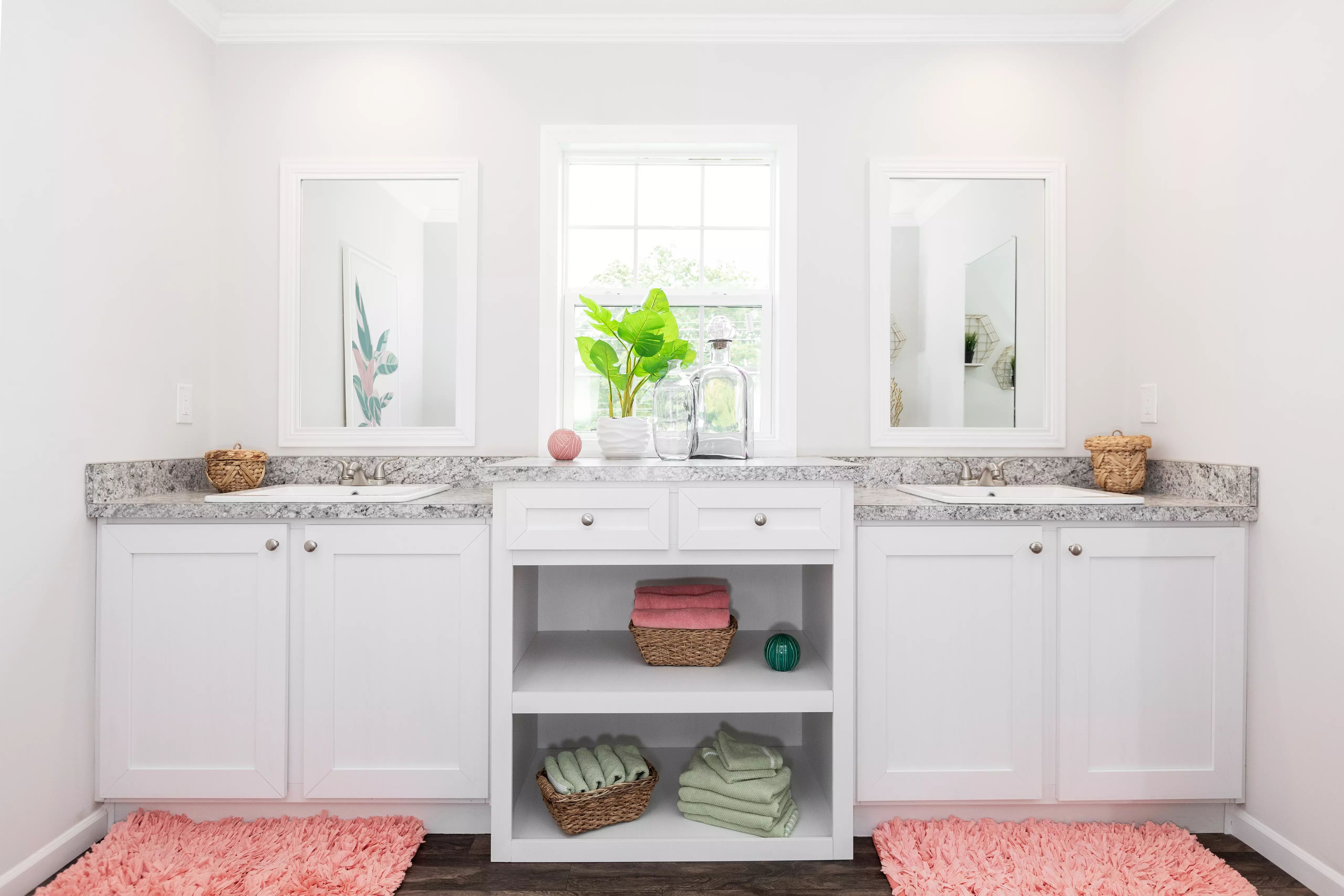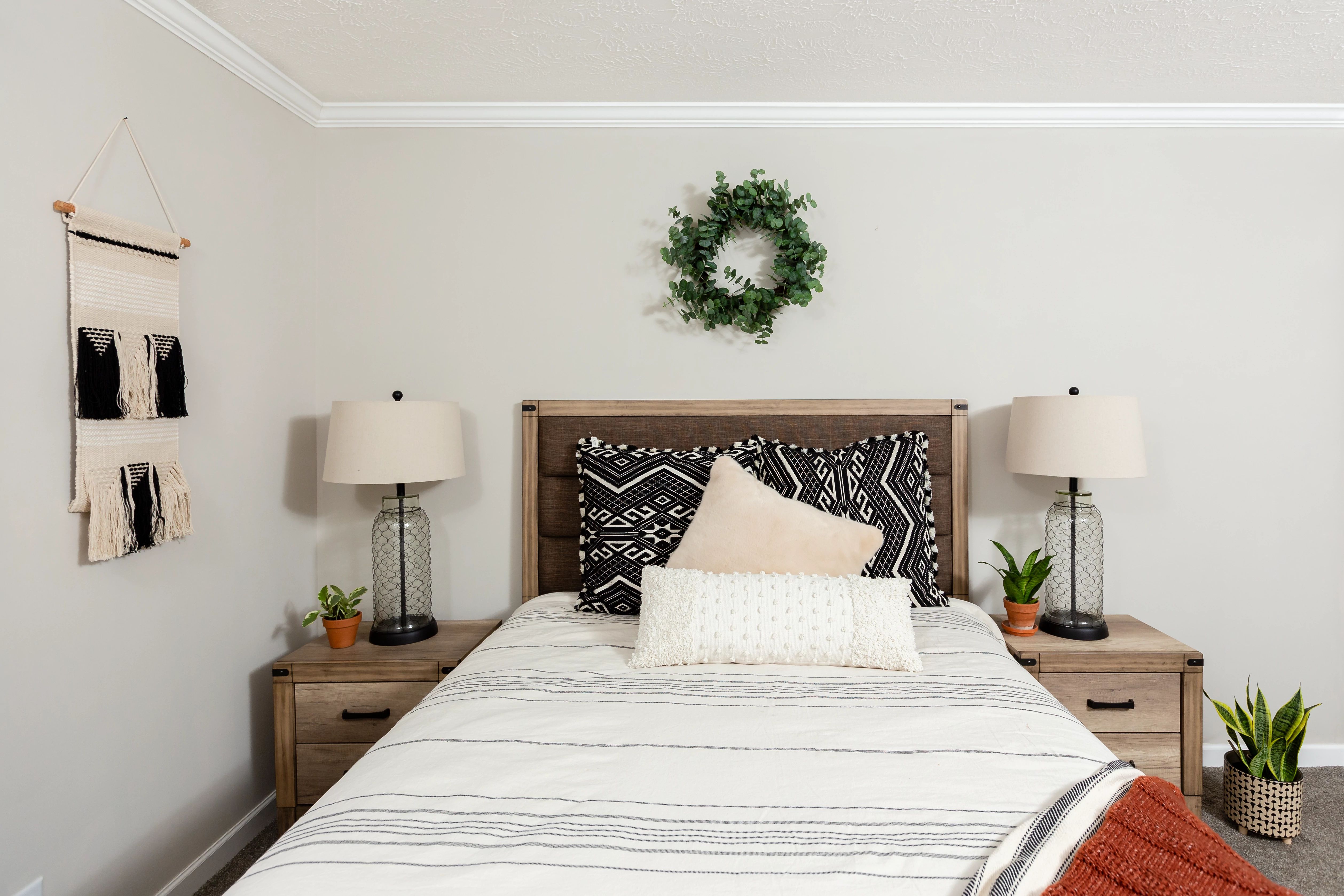Your Room-by-Room Guide to Decorating With Plants

Adding houseplants to your home is an easy way to improve air quality, create a peaceful atmosphere and incorporate some beautiful greenery.
However, if you have pets, it's important to choose non-toxic varieties to ensure the safety of your furry friends. This guide will provide tips for new plant parents, recommendations for plant placement room-by-room and moving tips for current plant parents.
Plant Tips for Beginners
If you’re just getting started, try inexpensive, forgiving options like the Chinese money plant (also known as the pancake plant or UFO plant) or the hardy cast iron plant. Air plants also tolerate neglect fairly well, but if you are an over-waterer like me, this plant may not be the best option for you.
For any plant you choose, use a well-draining potting mix and make sure that your containers have holes for drainage. Check soil moisture frequently, and adjust watering as needed. Study up on the plants you choose so you can place them appropriately based on their light preferences. Does the plant enjoy bright, direct sunlight? Then a windowsill may be the perfect location for it. If your plant enjoys some shade and humidity, your bathroom may provide the best environment.
Once your plants outgrow their pot, you may think about picking up a new hobby like ceramics to avoid those costly new planters. But no need to hit the potter’s wheel just yet! There is another way. Comb through yard sales and thrift stores for inexpensive and unique potting options. Look for buckets, dishware and baskets to add an eclectic touch to your living space.
With some patience and practice, you can get the hang of keeping plants thriving!

Lively Living Rooms & Organic Offices
Add plants to your living room to create lively accent pieces or give your home office space a pop of color. The spider plant is an excellent choice for either room because it helps purify indoor air and is incredibly easy to propagate. This low-maintenance plant thrives in the medium to bright indirect light typically found in these shared living areas.
A tall, airy bamboo palm can also add a tropical touch without taking up much floor space. For desks or shelves, consider peperomia varieties, which come in interesting leaf textures and shapes. Each of these plants also come in different sizes and can be used to create comfy accents and fill any bare corners.

Cozy Kitchens & Decorative Dining Rooms
Kitchens and dining rooms typically have lots of space to add plants: counters, islands, windowsills, tables; you name it! For functional plant lovers, kitchens ith plenty of natural light like the ING564F Shasta GW’s provide an excellent opportunity to create your very own herb garden or grow aloe vera, which can be used to alleviate burns.
In the dining room, African violets make lovely, pet-friendly additions with their bright, colorful blooms. Add them to your dining room table for a beautiful centerpiece.

Botanical Bathrooms
Bathrooms provide a warm, humid environment that you can’t really get in other rooms of your house without adding a humidifier. The humidity from baths and showers will help keep plants moist so they can be watered less often. This makes sword ferns an ideal pick for bathrooms, allowing you to add lush, green fronds to the space with little needed maintenance.
For a touch of elegance, peace lilies are another excellent option. Their white spathes add a spa-like feel while helping keep bathrooms feeling as fresh as a towel straight out of the dryer.

Blooming Bedrooms
Turn your bedroom into a tropical oasis using the lush fronds of the parlor palm. It is one of NASA’s top air cleaning plants, and as a bonus it requires minimal maintenance, making it a perfect option for new plant parents.
Prayer plants are also perfectly suited for cozy, low-light bedroom corners, with leaves that "pray" by folding upwards twice a day, revealing rich purple and green undersides. And for a mood booster, use orchids to provide beautiful blooms and promote sweet dreams.

Moving with Plants
If you are getting ready to move into your new home, it’s important to properly prepare plants in advance by watering them consistently until a week or so before the move. The soil should be mostly dry before you begin your move. You can also prevent damage and make moving each plant a little easier by repotting your plants into plastic pots. If you have plants that are in the ground, take a cutting or two and propagate it at your new home!
On moving day, wrap each of your larger plants in plastic, paper or a blanket to protect them, and try to keep them in an air-conditioned vehicle to reduce wilting and stress on the plant. For smaller plants, you can pack them snugly in an open box. Just be sure that there’s some cushioning to prevent the plants from rattling around.
Once you get to your new home, be sure to remove your plants from the car quickly and gradually acclimate them to their normal light and temperature. Give them some water and resume regular care.
Do you know someone who’s moving soon? As a conversation starter and a great house-warming gift, the money tree is thought to bring prosperity to its owner and is known for its resilience and braided trunk.
Interested in more tips on everything from trending paint colors to annual home maintenance tasks to ways to decorate different rooms in your home? You can head over to the Homeownership section of our Studio blog now to explore more blog posts.
Are you ready to find your dream home?
Start shopping now or find a home center in your area to learn more about Clayton Built® home options.By entering your email address, you agree to receive marketing emails from Clayton. Unsubscribe anytime.
© 1998-2025 Clayton.

